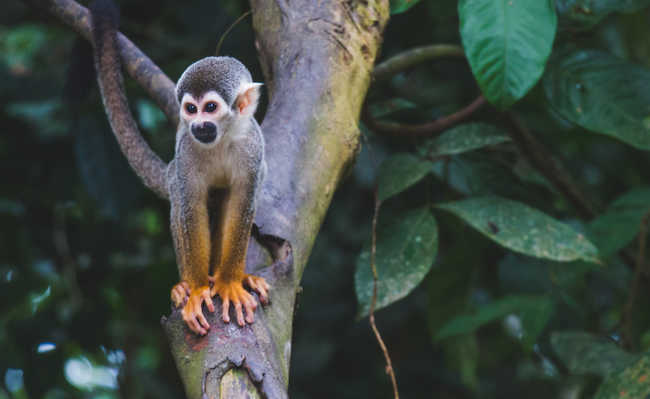Adelie penguins dodge global warming
Penguin species has almost doubled its population in 50 years

The climate changes that occur on a global scale affect countless species of plants and animals, in an extensive list, which ranges from polar bears to some variants of pine trees. But, incredible as it may seem, there are, in flora and fauna, those who take advantage of the melting of the polar ice caps. This is the case of the Adelie penguins, from Beaufort Island, a locality close to Antarctica. They quickly adapted to the lack of ice in the southern hemisphere and nearly doubled the size of their colony.
A new study published in April 2013, which was based on data collected over more than 50 years, ensures that these penguins are doing very well. Using old aerial photographs and satellite images, changes in the area were measured, such as the variation in the number of nests and the approximate number of penguins that live there. In 50 years, the approximate amount of the population of this species has grown from 35 thousand to 64 thousand families.
The reason for the increase of Adelie penguins in the region is due to a peculiarity of the species: its members love rocky beaches. With the melting of ice and snow more and more frequent, the tendency is for them to increase their nests.
Scientists speculate other reasons why these penguins did so well. Although inconclusive in this respect, the study claims that the expansion is also due to other creatures, such as krill and moths, which are part of the penguins' diet.
If this last hypothesis is confirmed, leopard seals have a great tendency to expand, as they also feed on these invertebrates. But the good news for penguins and seals is not so encouraging for the rest of the planet's inhabitants (learn more about global warming here).
Image: Wikimedia Commons
Source: Scientificamerican.com










